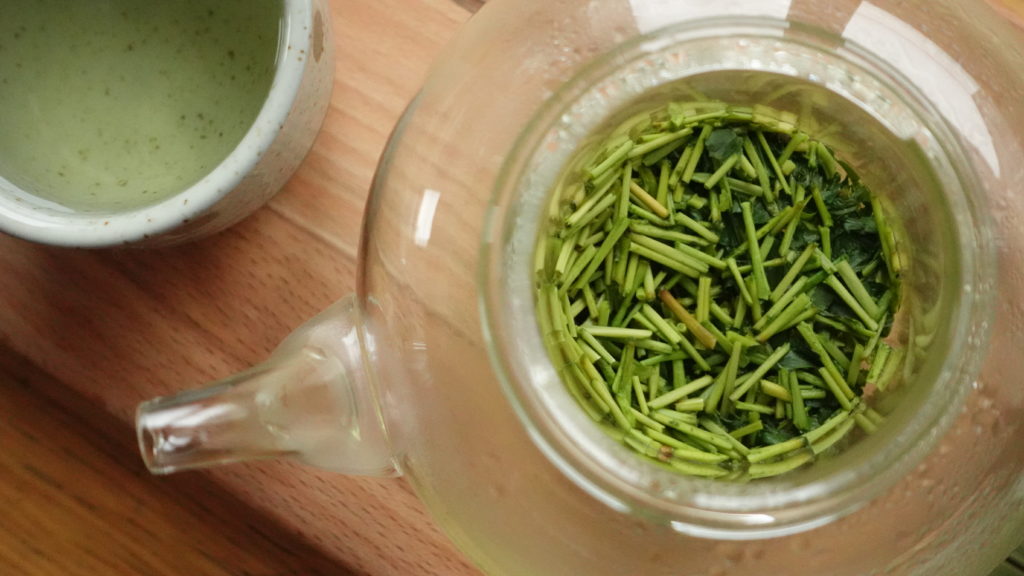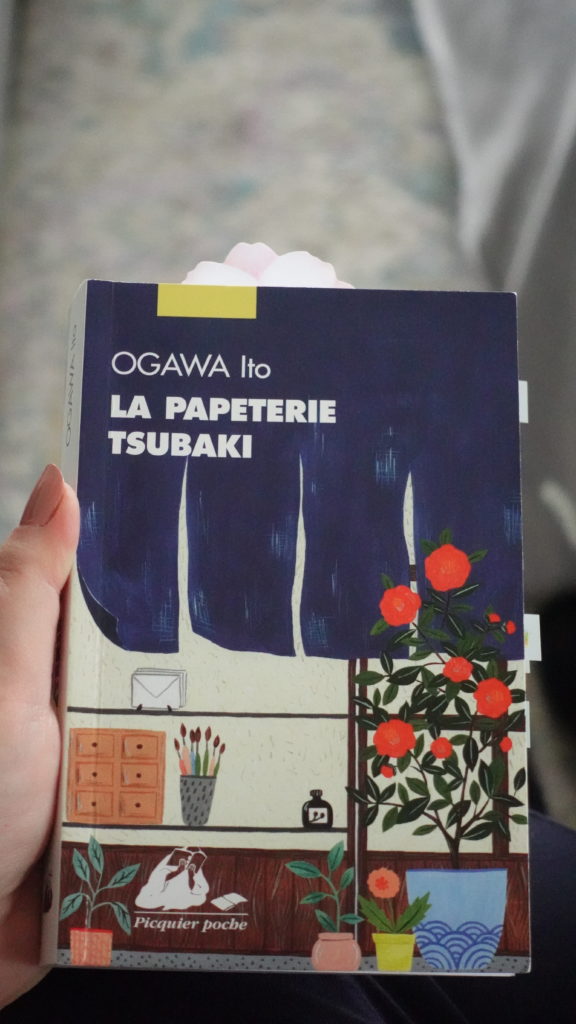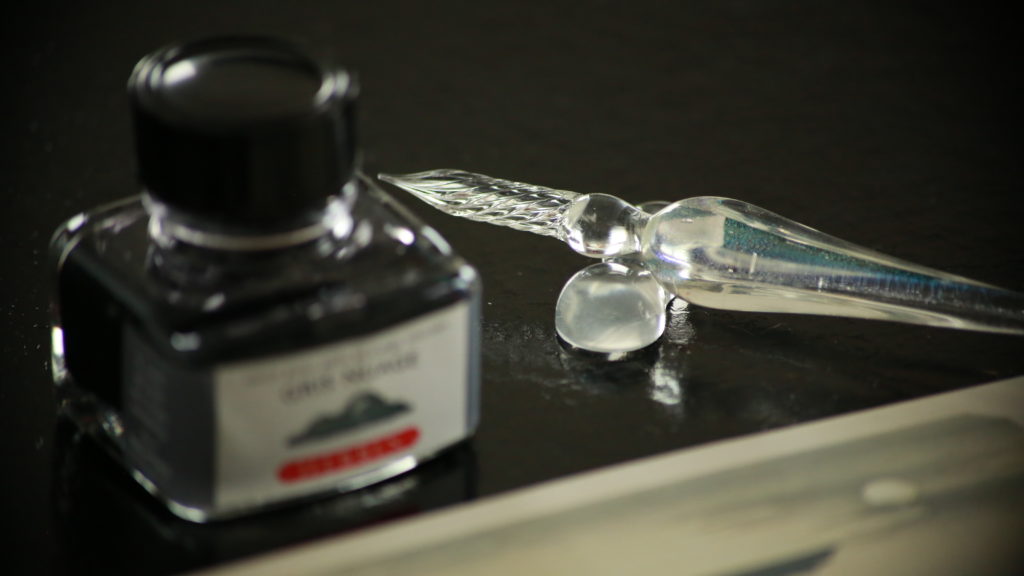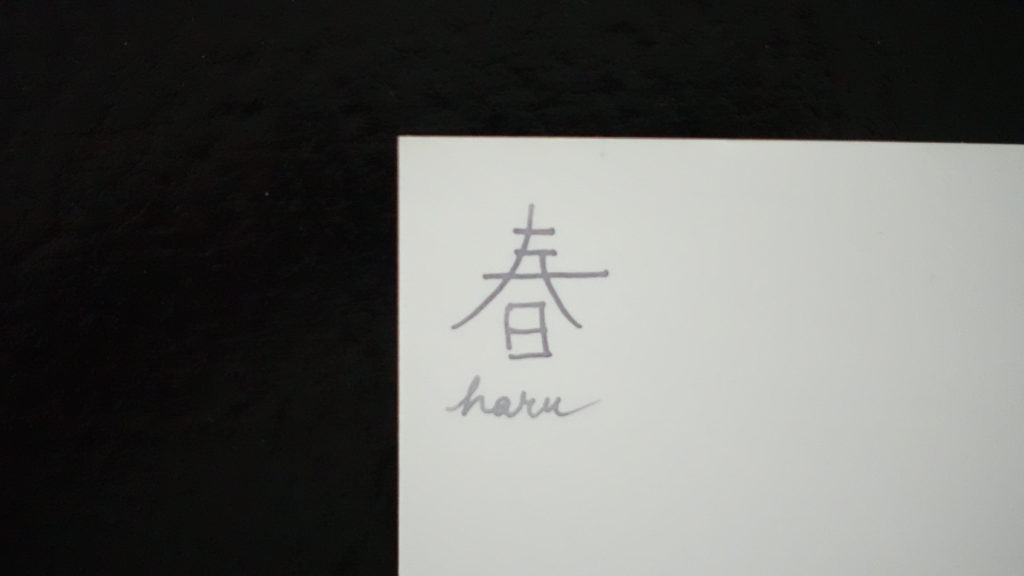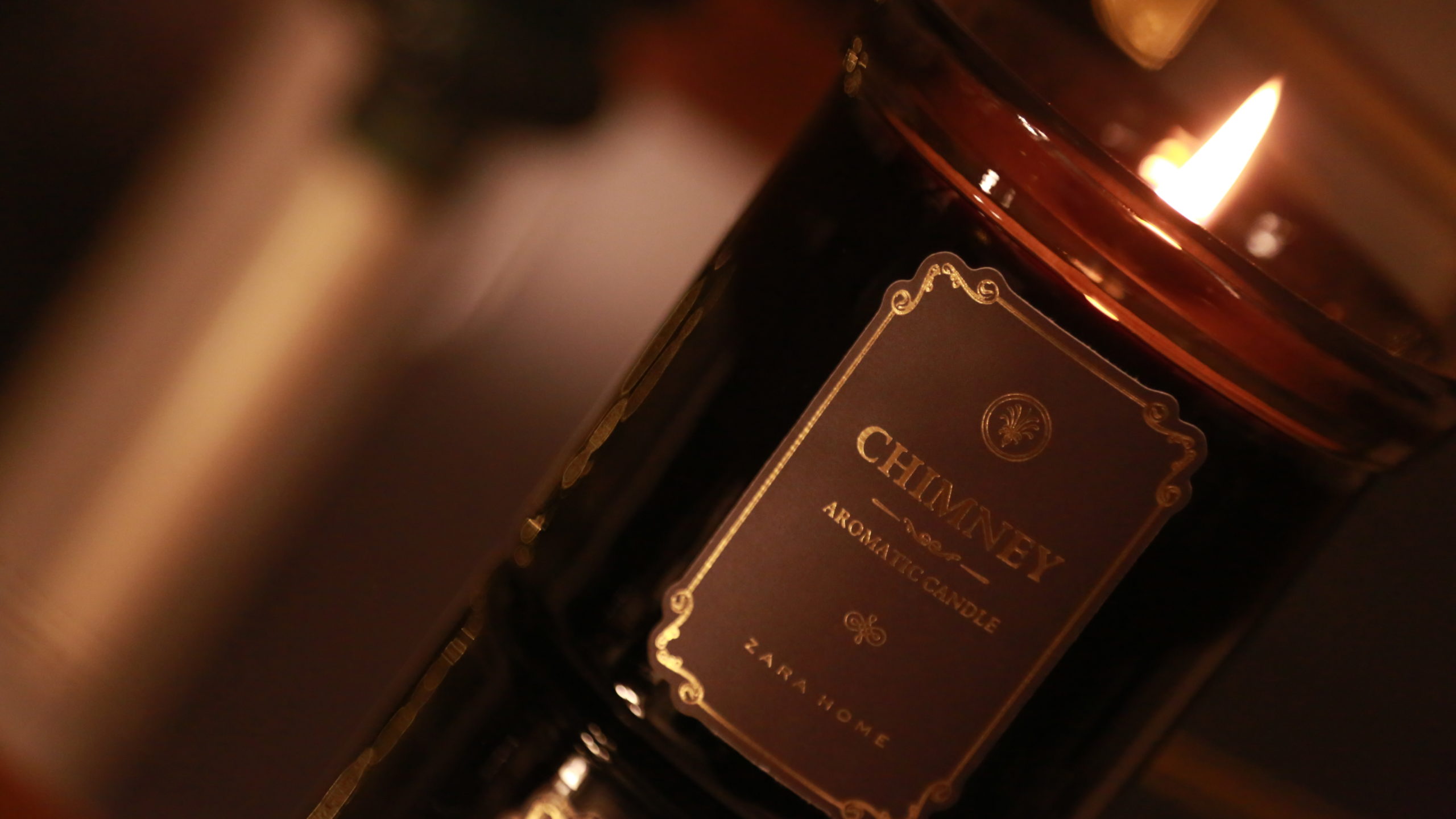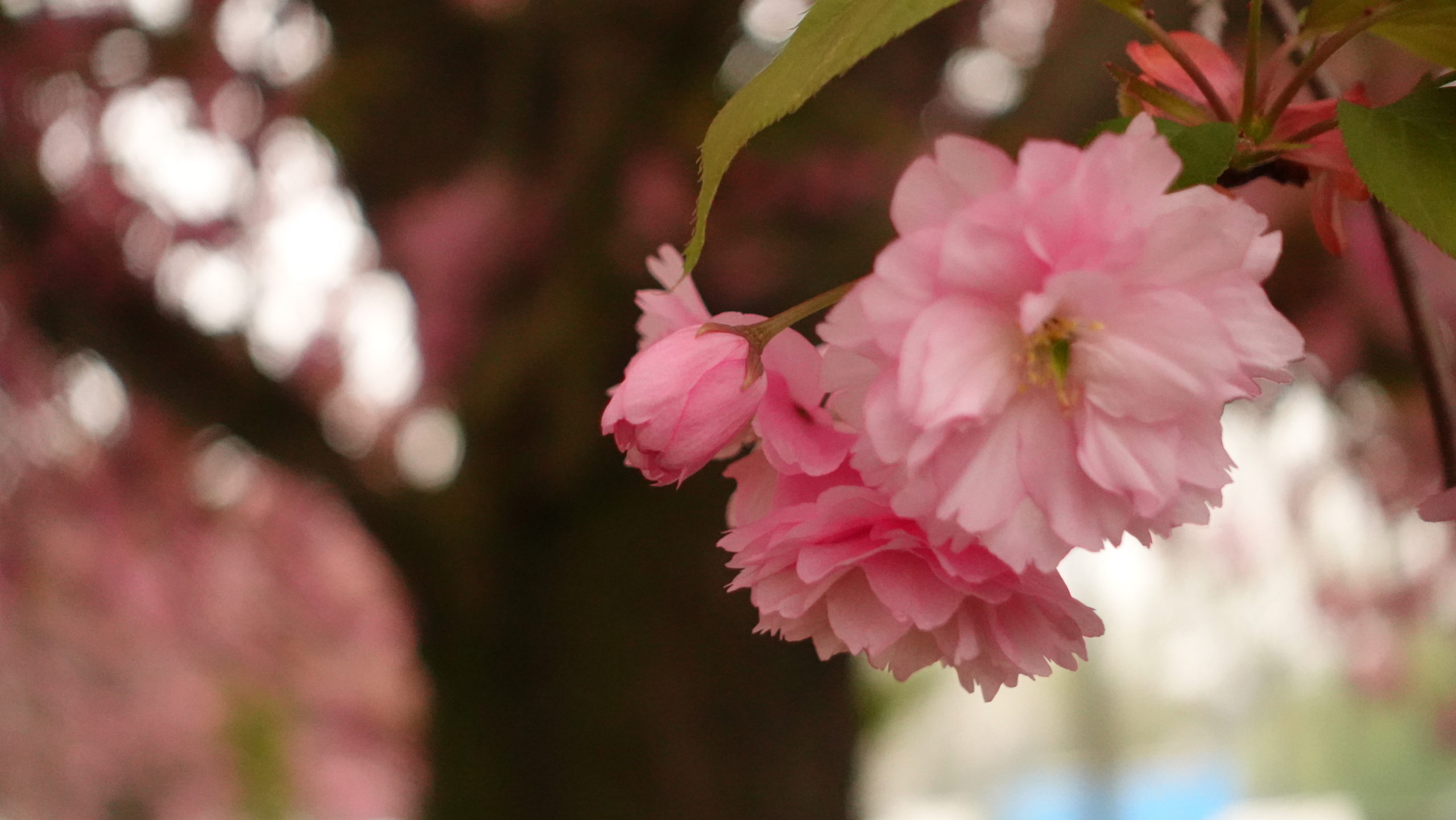kaizen 改善
philosophy of continuous improvement,
becoming one percent better everyday
Once I decided April would be my Japanese reading month, I knew I had to visit Junkudo, the place to be if you’re a fan of Japanese literature in Paris.
As soon as I walked in, the hustle and bustle of the street was rendered mute. The silence was only broken by a few soft Arigato of the discreet clients who walked in. I was in a foreign land, the kind of feeling only different alphabets can give you, where everything seems interesting and confusing at the same time. I navigated slowly through the categories, French and English translations were present for every theme, I even found some treasures I was looking for. The little gift shop corner was charming, and the bookmark and postcard stands were absolutely mesmerising.
This small selection only opened my appetite, so I crossed the street over to the Moshi Moshi gift shop, specialised in Japanese crafts and hobbies. The ceramic was breathtaking, I honestly had to restrain myself. And the stationary section was a small piece of Japan as I had imagined it. I don’t know if this is cheesy and touristy for any Japanese viewers, but when you’re thousands of kilometers away, stepping into a shop like this is a gift in itself.
I couldn’t have found a better place to gather inspiration while reading Ito Ogawa’s novel “La papeterie Tsubaki”, or “The Tsubaki Stationary Store”. But before we dive into the book, let’s make ourselves a good cup of tea.
Before going into the depths of the classical Japanese tea culture, I decided to start the journey with a fresh and original tea : Kukicha Karigane, from one of my favourite tea shops in Paris, Le Parti du Thé. Kukicha is a Japanese blend made of stems, stalks, and twigs, and this particular one comes from 4 different harvests : the first one is a selection of lower leaves of semi-wild plants, the second is a winter harvest of thicker stalks gathered only once every 10 years, and the last 2 are from different spring harvests of fine young stems. Regular kukicha comes from production of sencha or matcha. When coming from gyokuro’s production, it takes the name karigane. Kukicha has a unique flavour and aroma among teas, it is a rare occasion to taste parts of the tea plant that are excluded from most other teas. The exceptional blend I found here, brought me in an instant to a field of freshly cut grass, under a citrus tree. Every sip had the essence of a tranquility that, in my imagination, can only be Japanese.
With my tea at hand, I am ready to dedicate my full attention to “The Tsubaki Stationary Store”.
A young girl returns to live in her childhood home and takes over the family stationary store, along with the responsibility of being a public scribe, just like her grand-mother used to be. The book moves slowly through the seasons, describing a small community in a contemporary Japanese setting, with characters that bring together a fresco of modern lifestyle steeped in tradition.
I loved how the apparent simplicity of the story actually spoke volumes about universal themes that are at the heart of the Japanese culture. Mending a broken family bond, taking over a life you hadn’t initially envisioned for yourself, finding your passion in a natural, wise way, as opposed to the stroke of genius we all seem to be expecting in the Western world. These were all developed as we learned of new writing commissions, each with its own emotional baggage and subtle description of a culture that prizes elegance in any circumstance.
I was inspired and transported while reading this. At one point, there was a description of a picnic involving some mouth watering inari zushi, and I couldn’t resist the urge of getting some. As I was eating them, I felt closer to this culture and at the same time, the feeling that I will never be able to properly understand it was quite overwhelming. Nevertheless, persevering can only bring me closer…
As it so often happens when I am present in my choice of book, I find phrases, mentions of objects or places that seem to be there just for me. I have been contemplating the idea of a glass pen for more than two years now, and when I got to a passage in the novel, describing the invention of the glass pen by a Japanese craftsman, I knew that time had come. Not to mention that the only ink brand and color specified in the whole book, was that of Herbin’s “Gris Nuage”, my personal favourite. Coincidence ? I think not.The choice was difficult, between a delicate handmade paper with a traditional Japanese woodblock print, or the lovely postcard with a reproduction of Ohara Koson I got at the bookshop. Finally, I decided to try my hand at the kanji for Spring, or Haru, and mark it on the postcard as a memory for myself. This was the perfect opportunity to research the subject of Japanese writing and finally understand the whole kanji, hiragana and katagana complex, so difficult to grasp for us in the West. I had to concentrate and reproduce what YouTube tutorials made look so simple. I filled a few pages trying to gather the courage to write on the postcard. And then, I remembered this quote :
The beauty of a hand writing does not reside in its regularity, but in its warmth, its light, the silence and serenity that emanate from it.
OGAWA Ito, La papeterie Tsubaki
And so I smiled, and then I wrote…
This was my first stop on the Japanese journey I have envisioned for this month of April. But not the last time we meet Ogawa Ito. This novel is not translated into English, but others are, so you can give them a try if you are curious to read contemporary Japanese literature.
Until next time, enjoy your reading, and your rituals !


